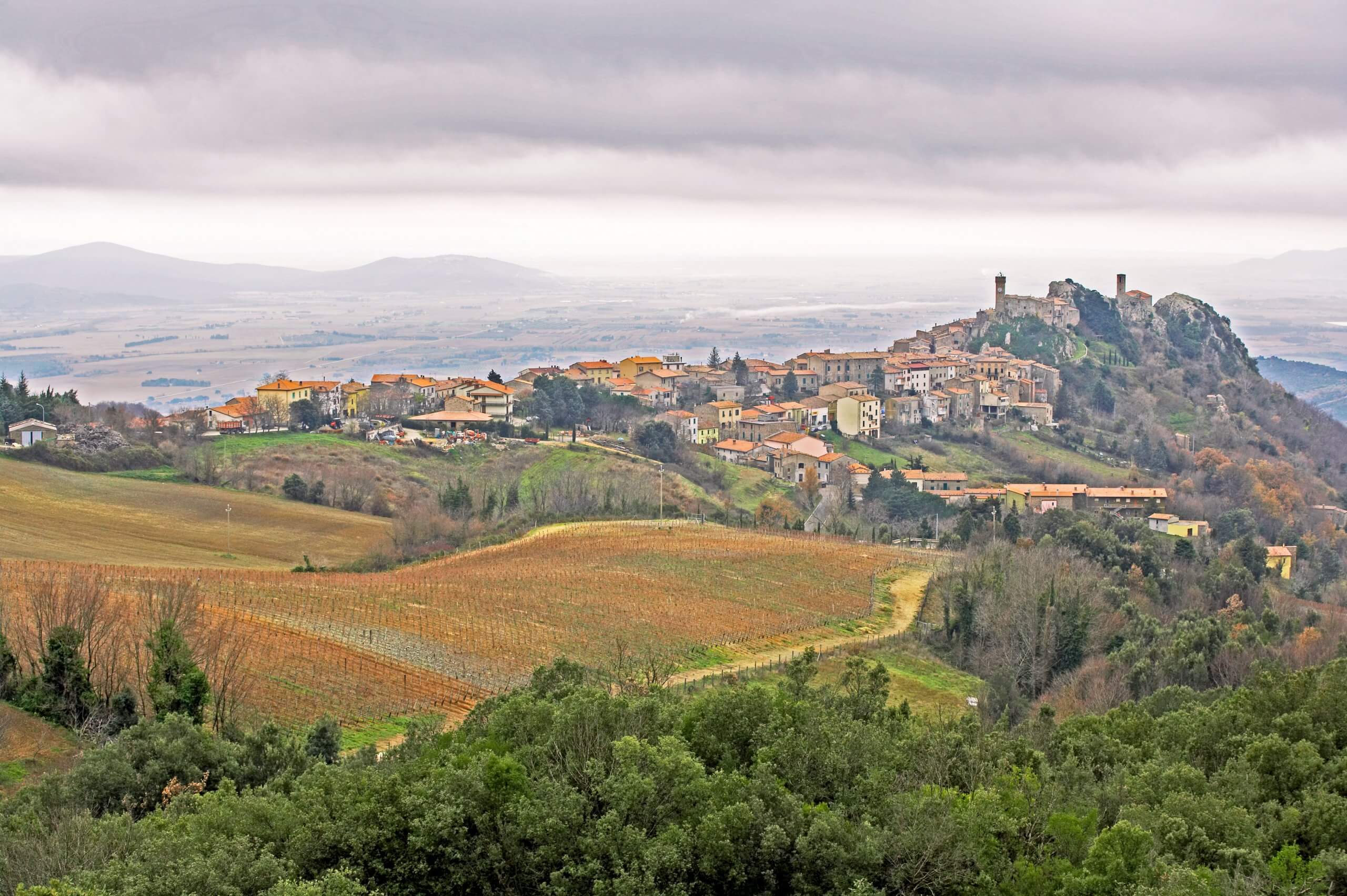
Ampeleia
Liquid silk from Maremma
Elisabetta Foradori and her two friends, Thomas Widmann and Giovanni Podini, founded Ampelia in 2002. Having chosen a young and motivated team, both the daily management of the estate as well as the winemaking was left, step by step, to oenologist Marco Tait.
A lot has changed over the past twenty years, but Marco remains enthusiastic about the wide variety of soils at the estate and their individual potential. He knows every single plot and its unique characteristics by heart. Since 2013 all farming has been done ecologically and the wines are certified organic. What this implies is manual harvesting, respect of the lunar calendar, biological sprays and horn dung produced with the help of six cows purchased in 2014.
Today Ampeleia is not merely a winery, but more an organic microcosm of beehives, chicken coops, vegetable gardens, a forest, an olive grove and fields, where native traditional cereals grow.
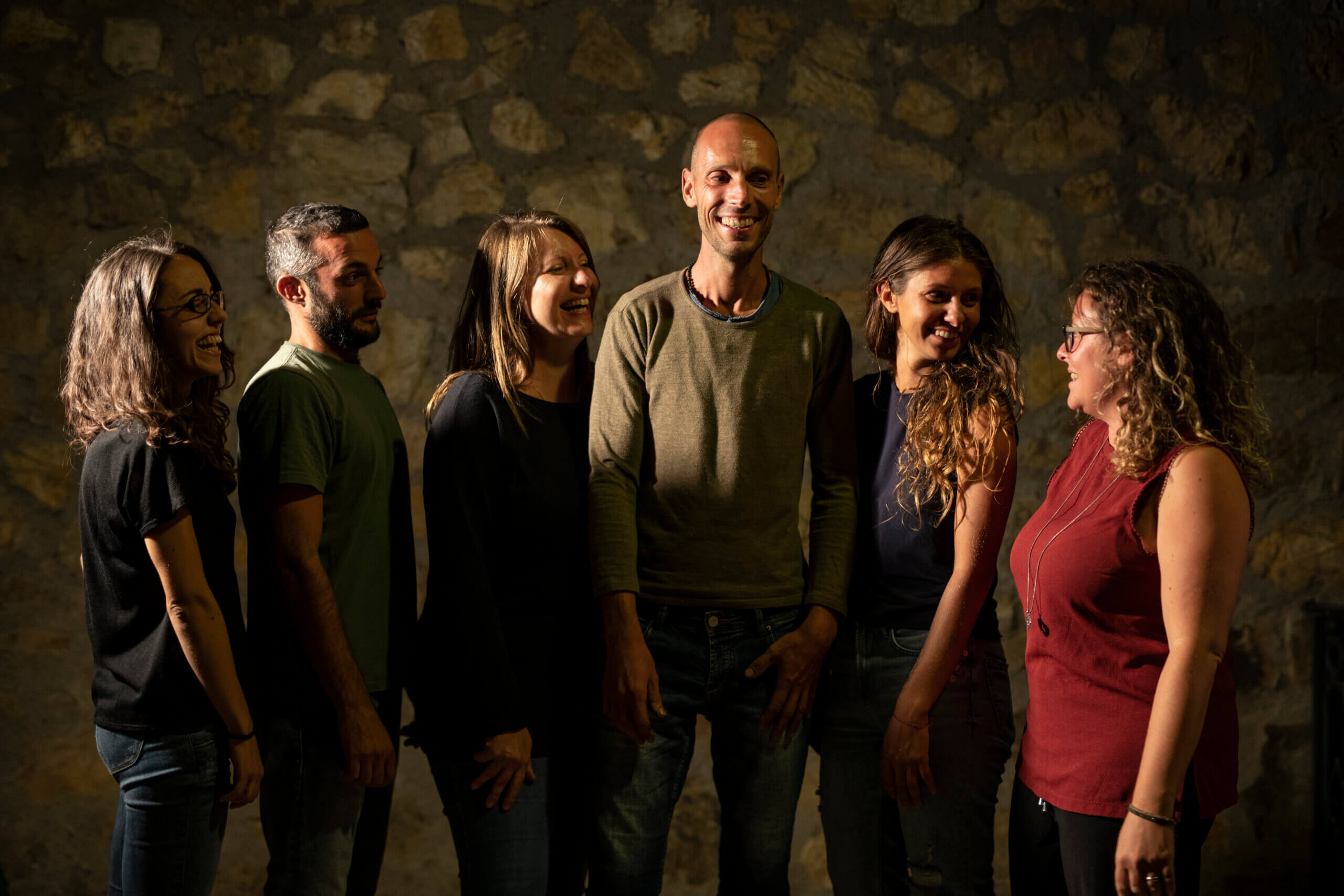
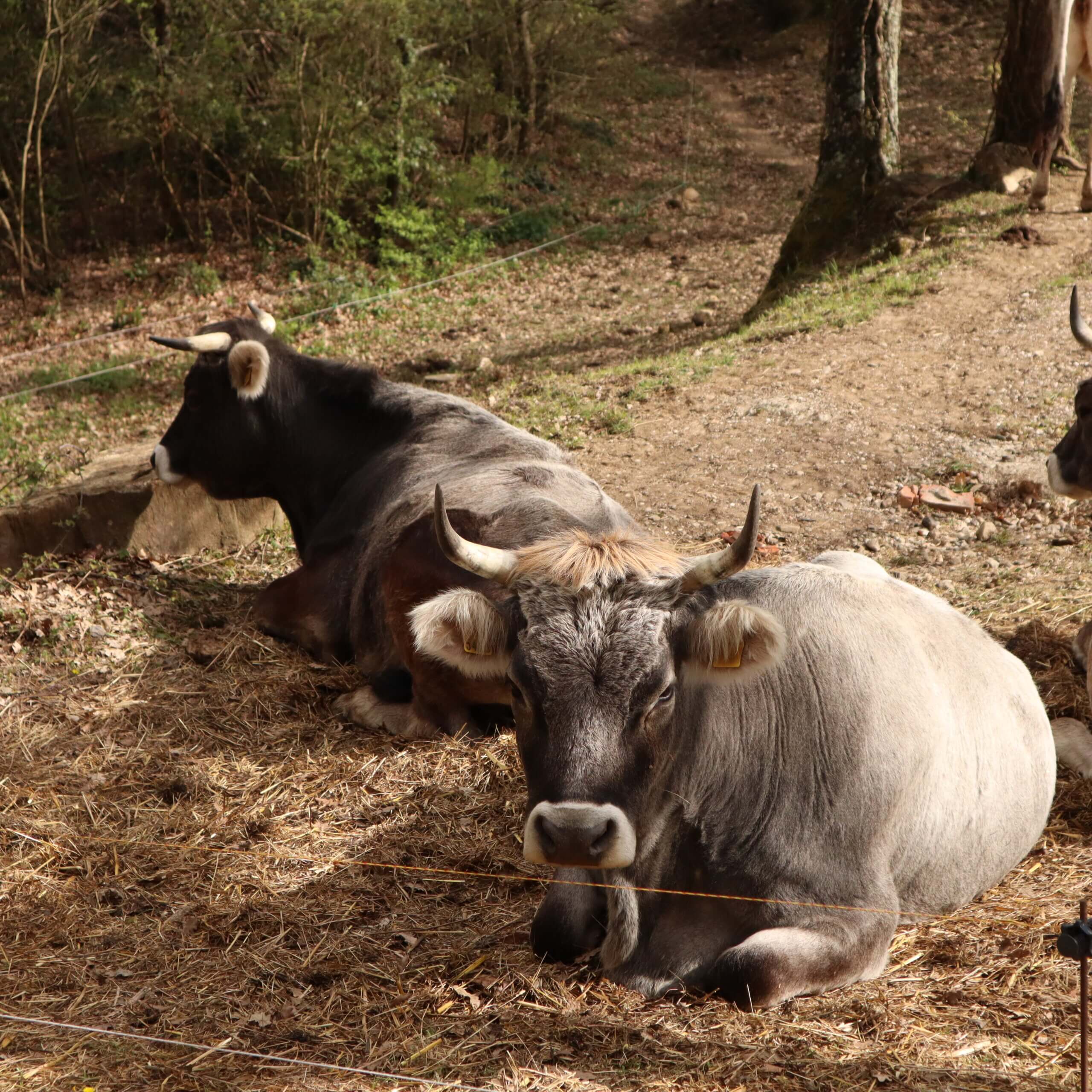
Given the wide range of grape varieties planted, harvesting takes place over about a month and a half, starting with Grenache in early September and ending with Cabernet Franc in late October. The grapes are selected three times, first while thinning out the bunches in the summer, then during harvest and last, but not least, upon their arrival at the winery on the sorting table.
The name of the project derives from the Greek word “ampelos”, which means vine, and was chosen to express the diversity of the Mediterranean culture and landscape. Even though Ampeleia has planted numerous grape varieties to generate complexity, Cabernet Franc is their undisputed lynchpin and is planted on almost half of estate’s vineyards. In addition, Mediterranean varieties like Carignano, or Cannonau in neighbouring Sardinia, provide hints of mint and raspberry, Mourvèdre brings spices and laurel. The long list also includes the vibrantly coloured Alicante Nero, Grenache and Alicante Bouschet as well as Merlot, Sangiovese and Malvasia.
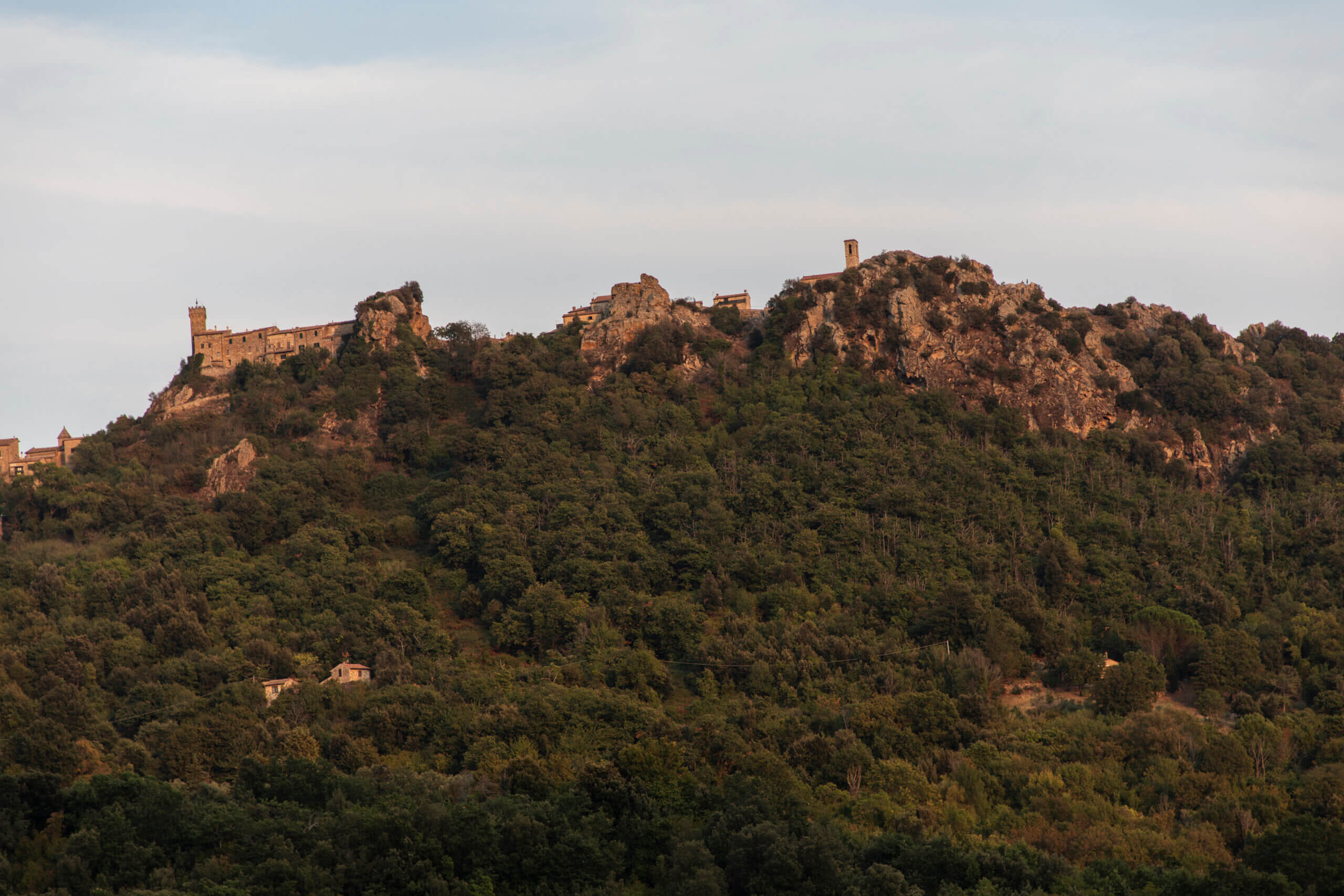
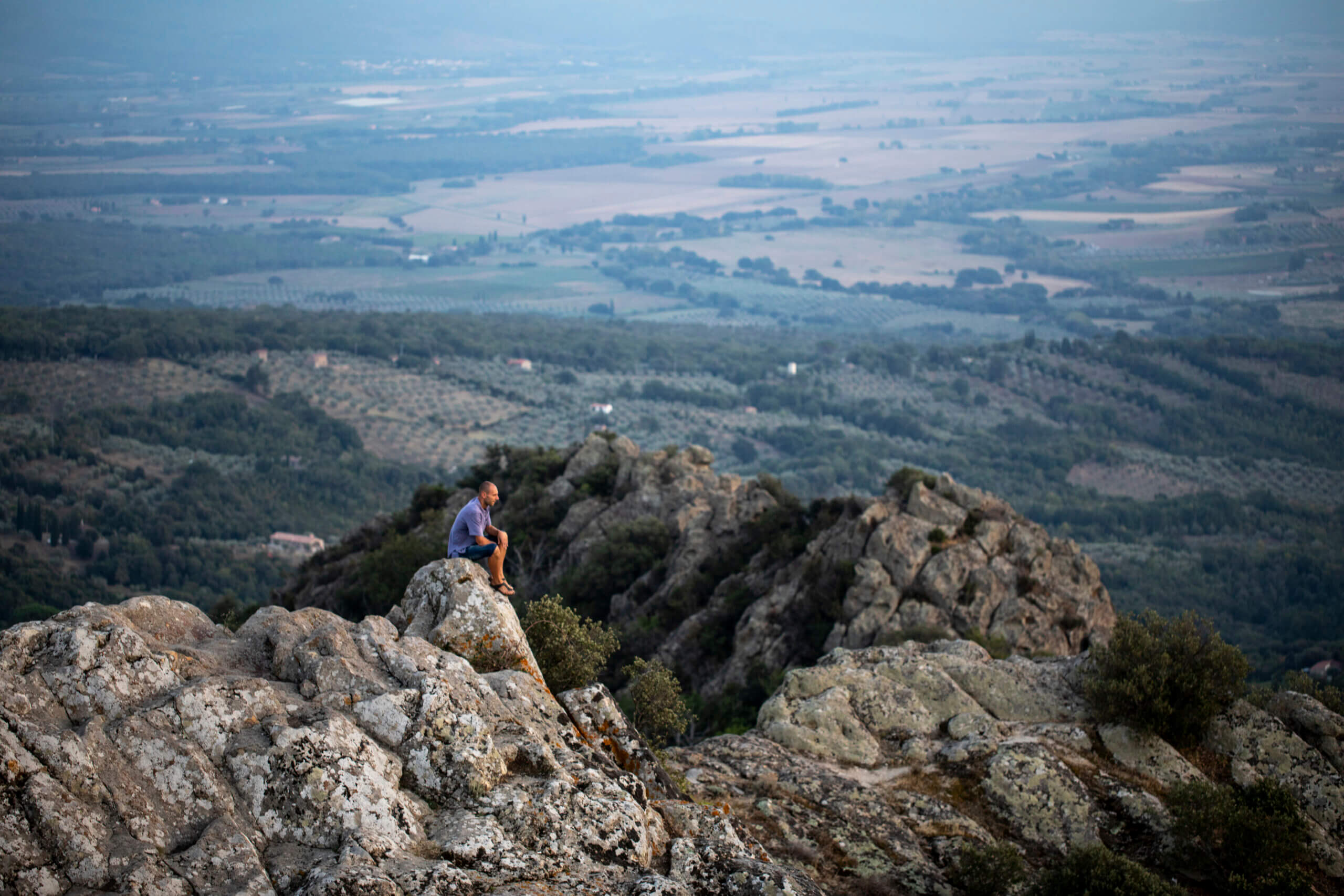
Tuscany, but a little bit different …
Ampeleia is located in Roccatederighi, a small village north of Grosseto near the coast. The Maremma, an unspectacular region of rough charm, and no wine tradition, does not at all correspond to our common vision of Tuscany with its rolling hills, cypresses stands and Renaissance palaces made famous by regions like Chianti. Here, Ampeleia is a pioneer.
After a detailed study of the different soils and microclimates, the team planted fifty small single vineyards at three different altitudes, choosing the optimal biosphere for each variety. Today the winery has 35 hectares of vineyards with a planting density of 7 to 8,000 vines per hectare.
At about 500 metres above sea level, much of the Cabernet Franc is planted in different plots on a magical sited called La Rocca. Its twelve hectares are full of energy, contrasts and diurnal temperature swings that refine the aroma of the grapes. The subsite, Bella Vista, just above Roccatederighi is La Rocca’s centrepiece. The nearby forest of chestnut and oak, as well as the constant sea breezes, creates a perfect microclimate that prevents rot.
Most of the Alicante, Carignano and Mourvèdre are planted on fifteen hectares between 280 and 350 metres above sea level and used for the second wine, Kepos. As Marco Tais explains, “Mourvèdre should face the sea.”
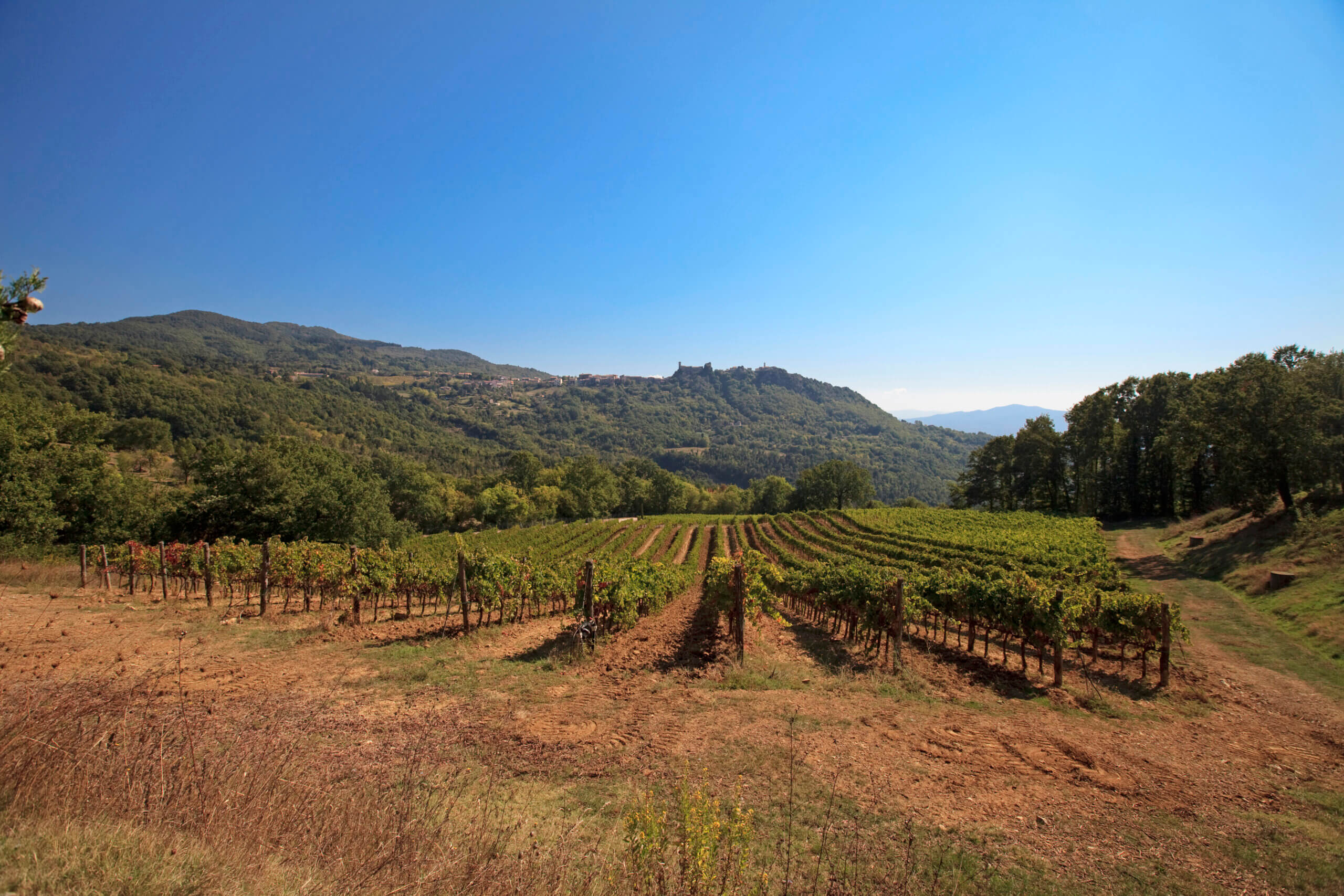

On the lower sites of Pieve and Cannucceto, at respective altitudes of 300 and 200 metres, the heavier clay soils contain fossils, and thus lime, but have slightly higher temperatures. The Alicante and Mourvèdre grown here are used mainly for the entry level Unlitro.
The winery itself is neither a breathtaking futuristic building nor a pretentious Villa Rustica, but rather a small “Podere” as the Italians say here, which means merely an agricultural property typical for this part of Tuscany.
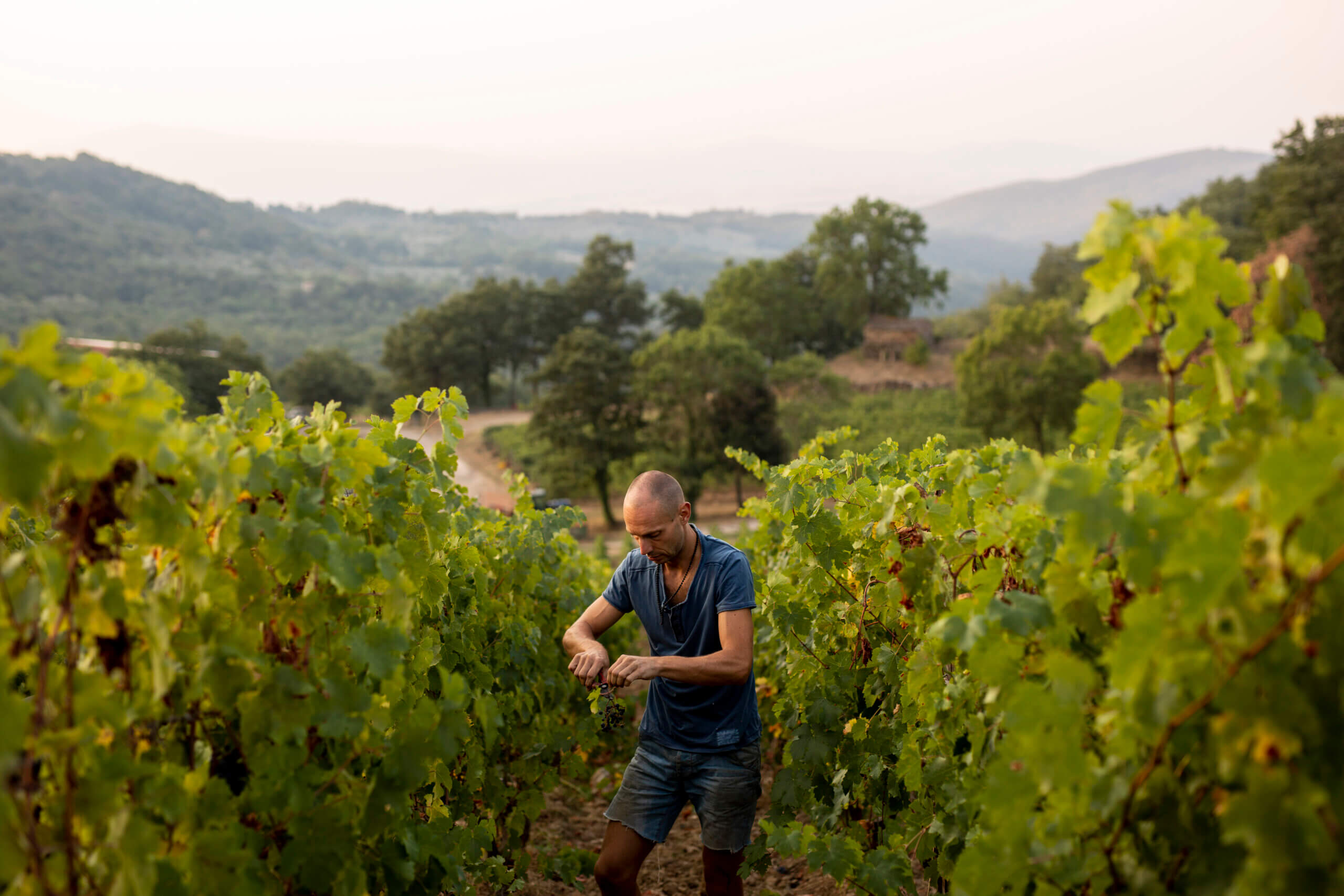
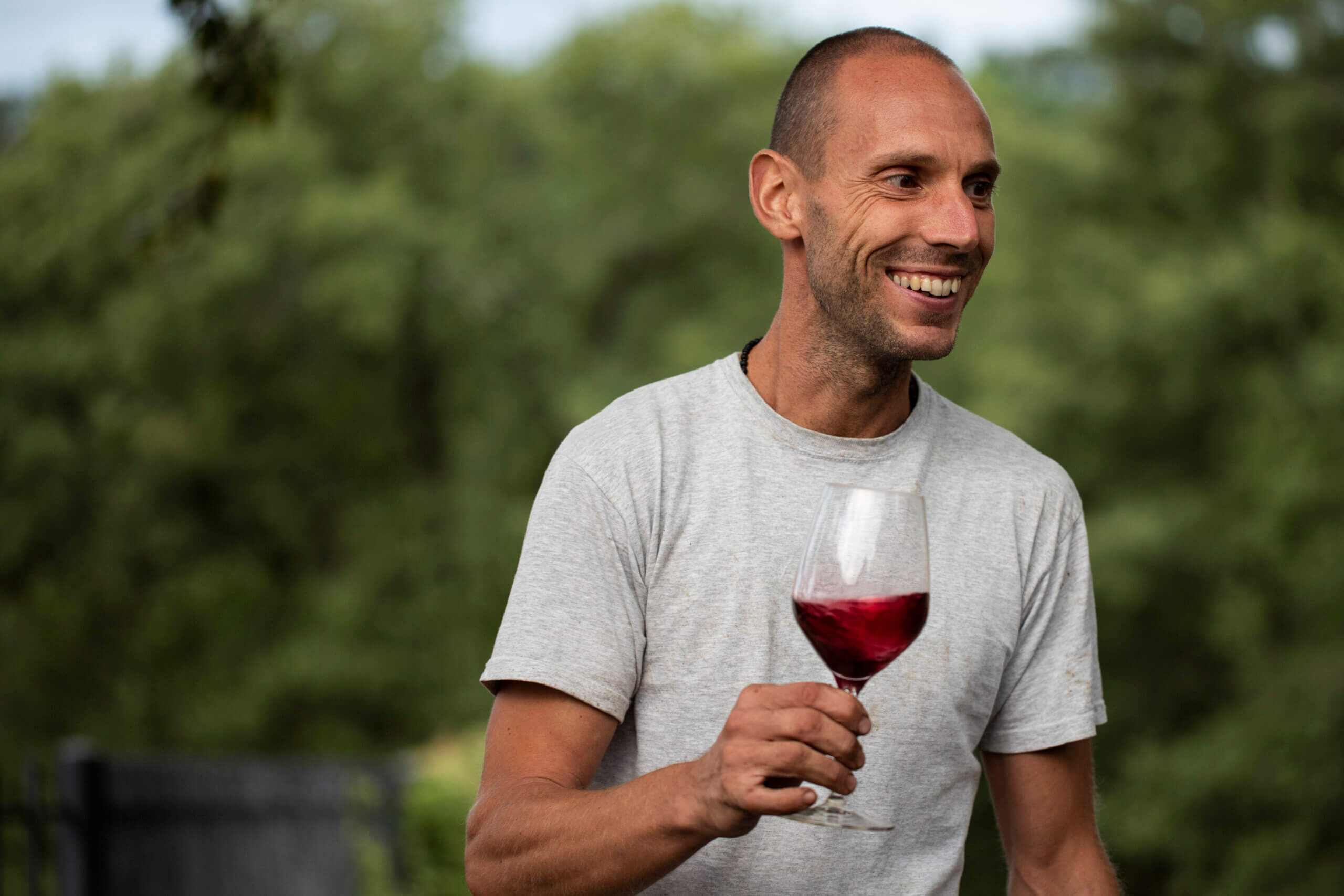
The wines
Ampeleia is a pure Cabernet Franc that is aged for about twelve months in lightly toasted oak barrels and other year in bottle before release. Not a representative of the conventional ‘old’ Maremma, it is more an elegant and fruity interpretation of the ‘new’ one. Both Falstaff and the Wine Advocate rated the 2017 vintage with 93 points.
The second wine is called Kepos, the Greek word for garden, and made from Alicante Nero, Mourvèdre und Carignano harvested on the same day and vinified together. The wine remains for about ten months in concrete tanks and another two in bottle before release. Kepos resembles its big brother, Ampeleia, but is considerably less expensive and much more easy drinking.
Unlitro, as the name implies, is a litre bottle with stylish label. A blend of Alicante, Carignano, Mourvèdre and Sangiovese, it is a juicy and easy drinking wine to be enjoyed with a group of friends.
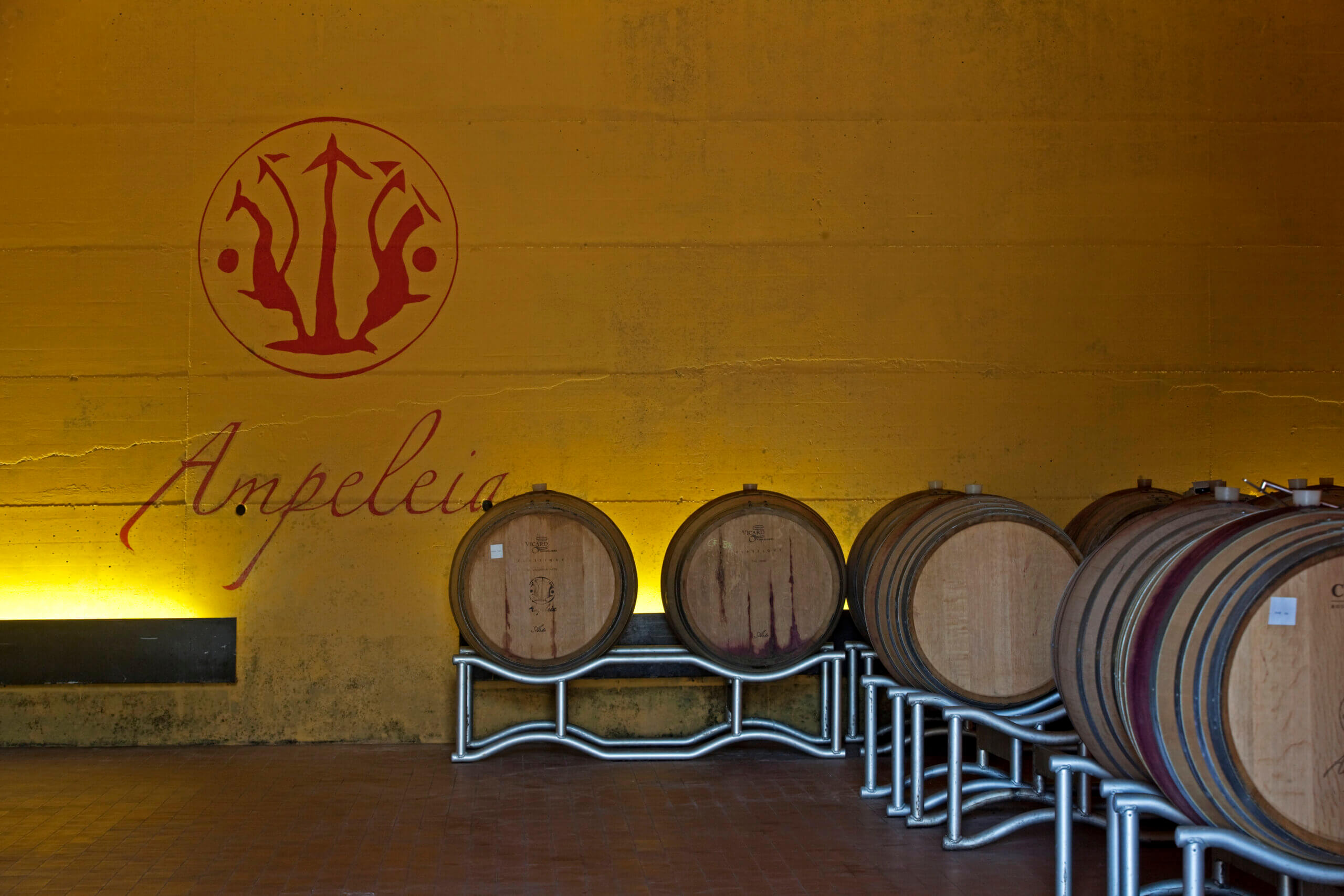
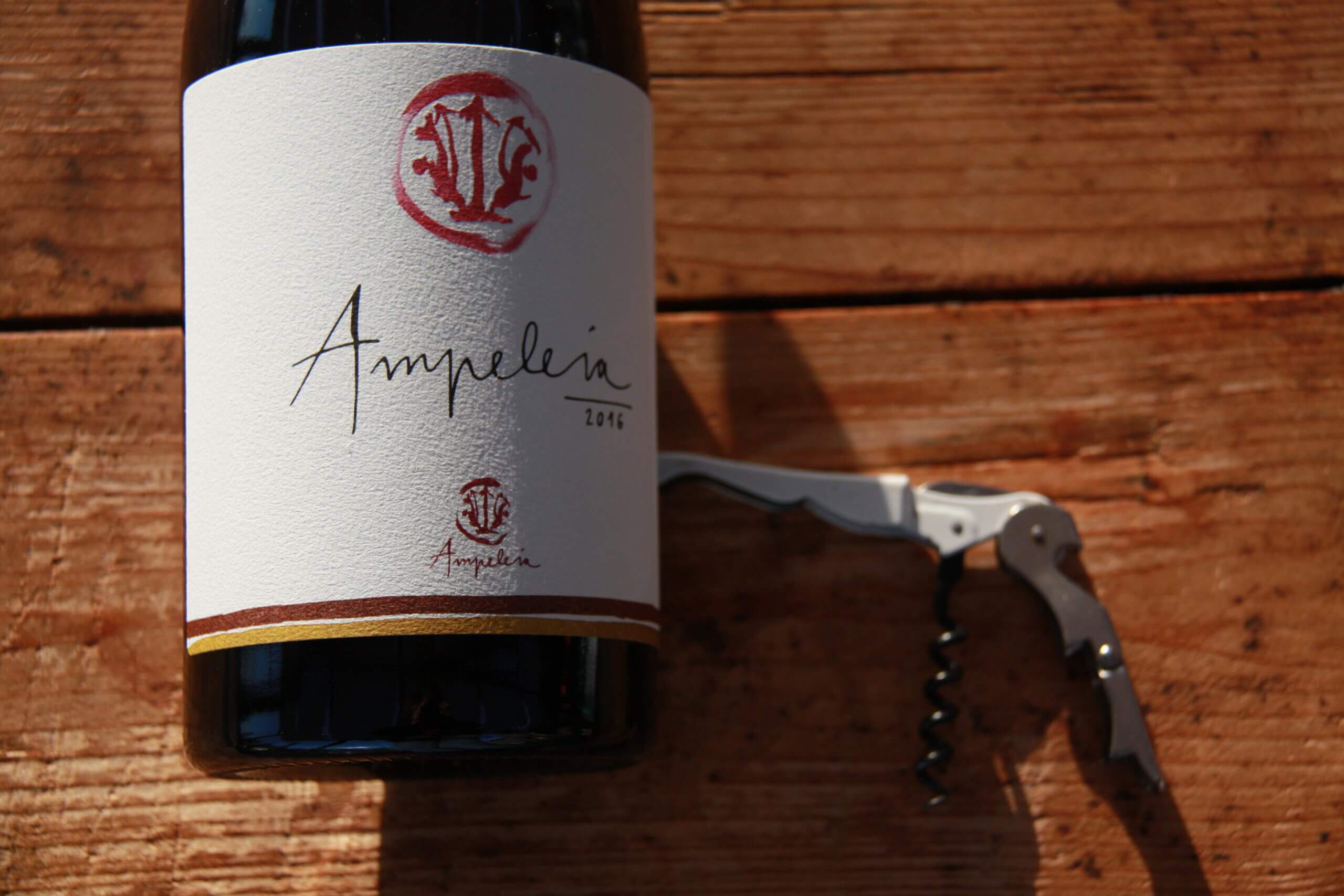
„Sometimes less is more“
Marco Tait emphasizes that all of Ampeleia’s products are team efforts, where each member knowing exactly what they are talking about and what they want.
The same applies to the winery, where all is reduced to the essentials, which is the motto for all of the staff in their daily work. Thanks to their focus in the cellar, Ampeleia’s wines approach perfection a bit more each year.
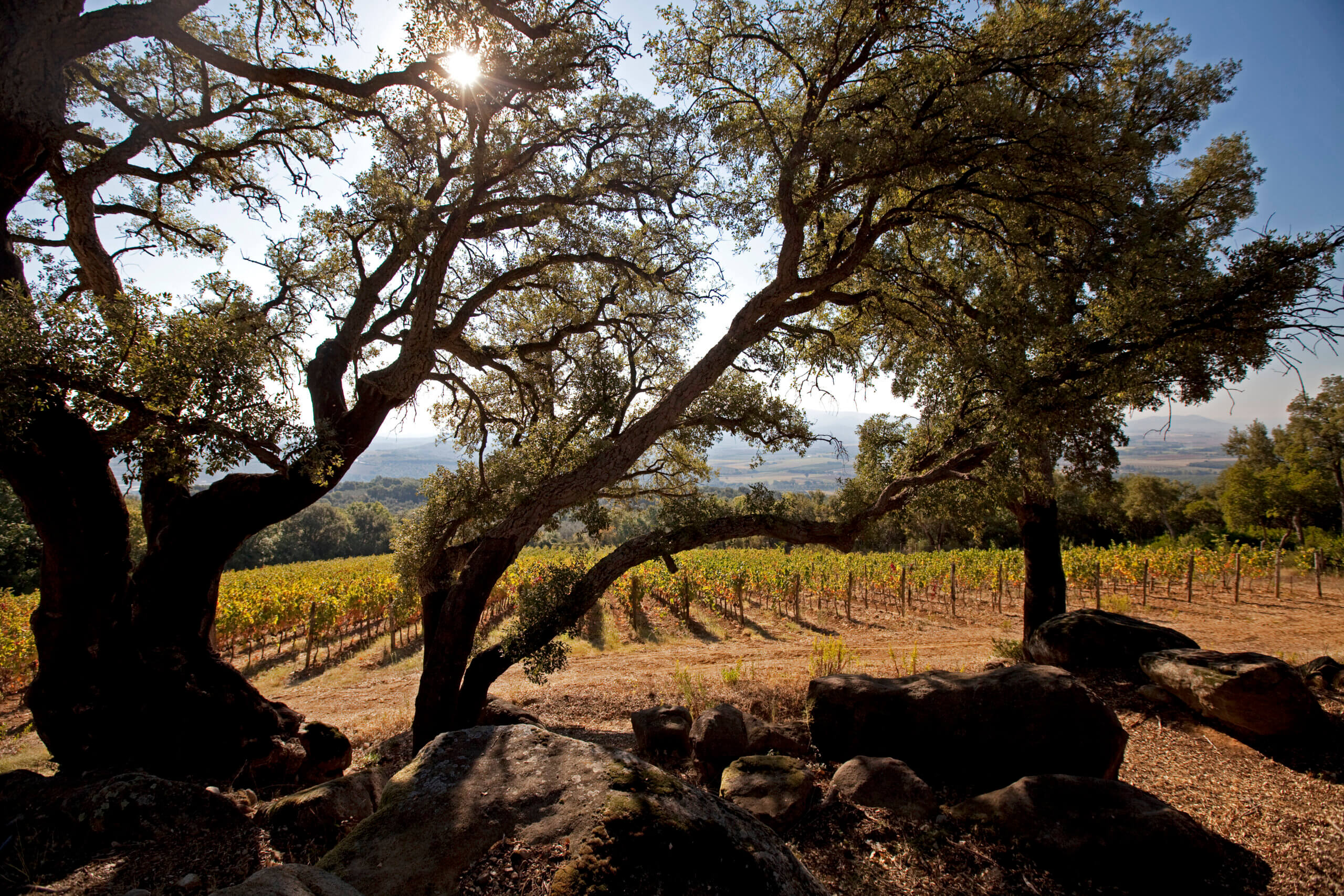
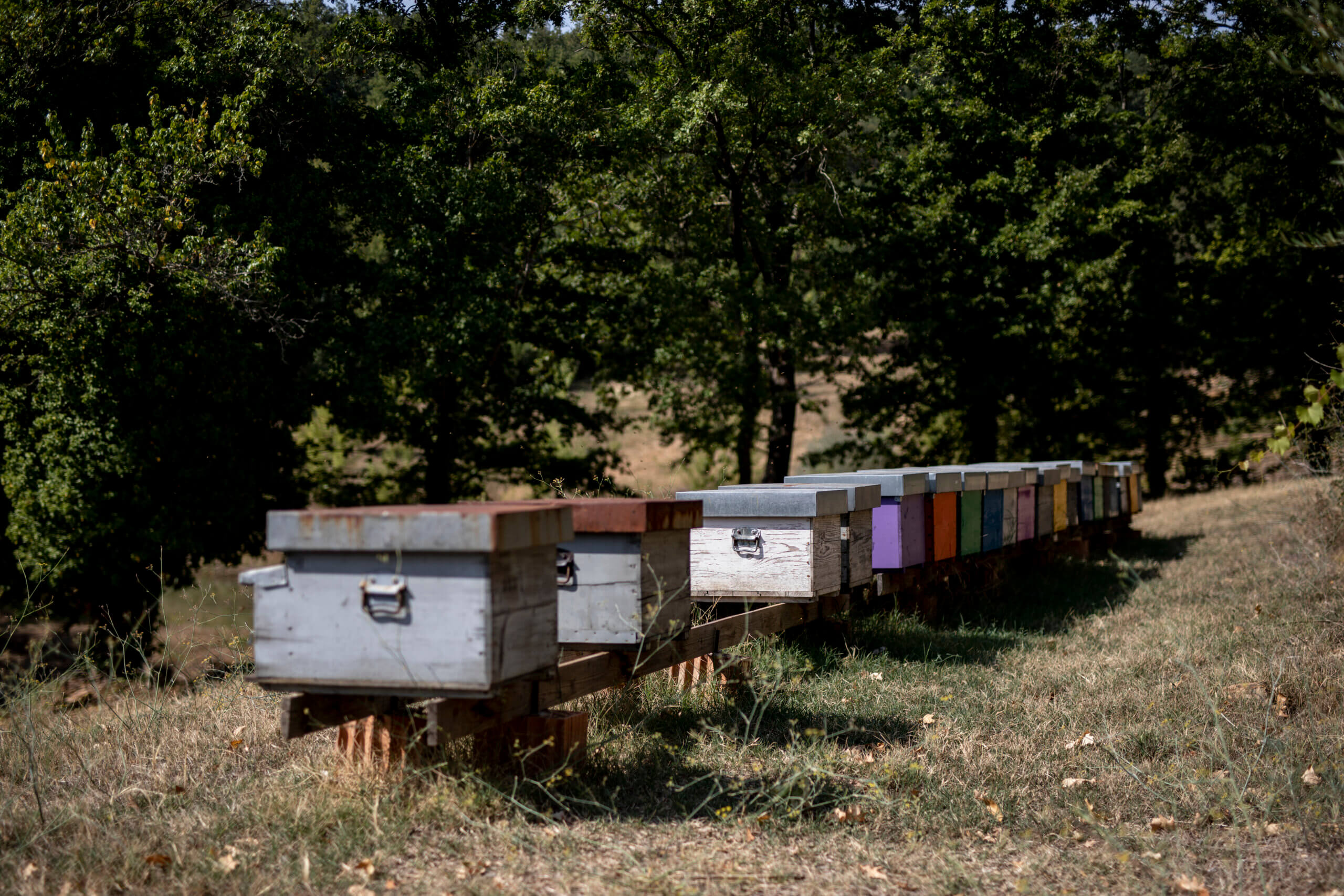
Ampeleia, „born in the snow“…
It all started during skiing holidays, in the deep snow of the Italian Alps. One evening, three close friends were “philosophizing” about their ideal red wine. It should be not only smooth, elegant and fine as silk, but also nuanced and fruity, complex and powerful. It would probably have remained nothing more than a whim had these two friends not been Thomas Widman and Giovanni Podini, both dynamic entrepreneurs from Alto Adige. Elisabetta Foradori, a much admired winemaker from Trento, had, of course, already built her reputation in the world of wine. They thus soon started searching for the ideal place to realize their dream. In 2002, as they were about to give up, they finally discovered what they were looking for and Ampeleia was born.